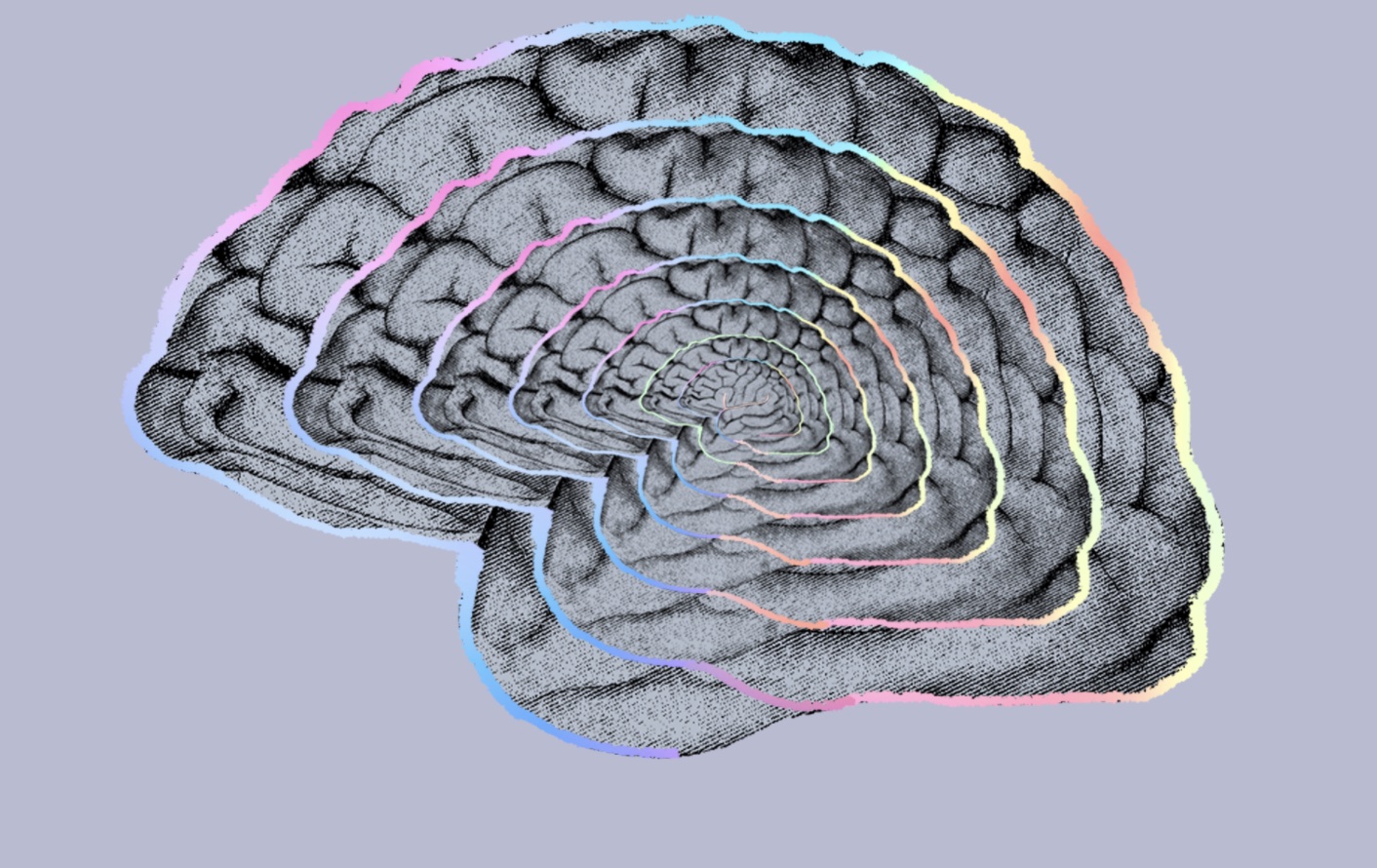Elon Musk Announces Neuralink to Begin First Human Trials of Blindsight Implant in 2024

**Elon Musk Announces Neuralink to Begin First Human Trials of Blindsight Implant in 2024**
*By [Your Name], [Date]*
In a groundbreaking announcement that could redefine the future of neuroscience and human-machine interfaces, Elon Musk revealed that Neuralink, his neurotechnology company, is set to begin its first human trials of a revolutionary “blindsight” implant in 2024. The news marks a major milestone in Neuralink’s ambitious mission to merge the human brain with advanced computing systems, and it signals a potential leap forward in restoring vision to the visually impaired.
### What Is the Blindsight Implant?
The “blindsight” implant is a brain-computer interface (BCI) designed to restore a form of vision to individuals who are blind or severely visually impaired. Unlike traditional visual prosthetics that rely on functioning eyes or optic nerves, Neuralink’s device bypasses the damaged visual pathways and directly stimulates the visual cortex—the part of the brain responsible for processing visual information.
According to Neuralink, the implant will use a high-density array of electrodes to transmit visual data from an external camera directly into the brain. This could allow users to perceive shapes, movement, and possibly even detailed images through artificial means, effectively creating a new sensory input channel.
### A Milestone in Neural Engineering
Elon Musk made the announcement during a Neuralink update event streamed live on social media platforms. “We’re excited to share that we’ve received FDA approval to begin human trials of our first vision-restoring implant,” Musk said. “This is a major step toward helping people who have lost their sight regain a sense of the visual world.”
The blindsight implant builds upon Neuralink’s previous work in developing brain implants for motor and sensory restoration. In 2023, the company received FDA clearance for its first human trials involving quadriplegic patients, aiming to enable them to control digital devices with their thoughts.
### How It Works
The blindsight system comprises three main components:
1. **Neural Implant:** A coin-sized device surgically implanted in the skull, with ultra-thin threads inserted into the visual cortex.
2. **External Camera System:** A wearable camera, possibly mounted on glasses, that captures visual data in real time.
3. **Processing Unit:** A computer that processes the visual input and translates it into neural signals that the brain can interpret.
The implant’s electrodes stimulate specific neurons in the visual cortex, mimicking the patterns that would occur naturally in response to visual stimuli. Over time, the brain is expected to adapt to these signals, allowing the user to interpret them as visual information.
### Who Will Be Eligible for the Trials?
Neuralink stated that the initial trials will focus on individuals who are completely blind due to damage to the eyes or optic nerves but who still have an intact visual cortex. The company is currently recruiting participants and working closely with medical institutions to identify suitable candidates.
The trials will assess not only the safety and stability of the implant but also its effectiveness in restoring functional vision. Participants will undergo extensive monitoring and training to adapt to the new sensory input.
### Ethical and Regulatory Considerations
The announcement has sparked both excitement and caution in the scientific and medical communities. While the potential benefits are enormous, experts emphasize the importance of rigorous testing and ethical oversight.
Dr. Lisa Martinez, a neuroethics researcher at Stanford University, commented: “This technology has the potential to transform lives, but we must proceed carefully. Long-term safety, informed consent, and equitable access are all critical issues that need to be addressed.”
Neuralink has pledged transparency throughout the trial process and has established an independent ethics board to oversee the research.
### The Road Ahead
If successful, the blindsight implant could pave the way for a new generation of neuroprosthetics that restore or even enhance human senses. Musk has previously stated that Neuralink’s ultimate goal is to create a symbiotic relationship between humans and artificial intelligence, and the blindsight project represents a tangible step in that direction.
While challenges remain, including ensuring the long-term biocompatibility of the implant and refining the resolution of the visual input, the 2024 human trials could mark the beginning of a new era in neuroscience and assistive technology.
### Conclusion
Elon Musk’s announcement of Neuralink’s upcoming human trials for the blindsight implant has captured global attention and reignited discussions about the future of human augmentation. As the world watches closely, the success of this endeavor could offer hope to millions living with blindness and open new frontiers in our understanding of the brain and its capabilities.
**Stay tuned for updates on this historic development as Neuralink begins its journey into restoring sight through science and innovation.**